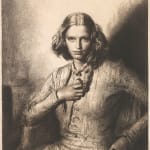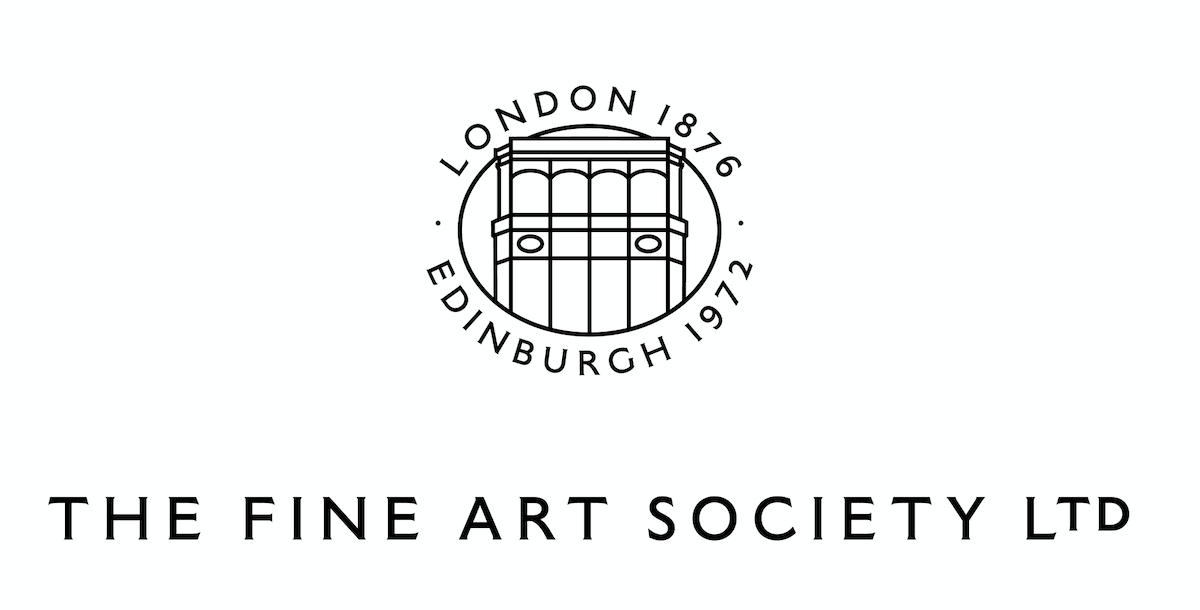


Gerald Leslie Brockhurst RA 1890-1978
Jeunesse Dorée, 1942
signed and dated 1942 in pencil to margin, printed in black ink on wove paper
etching
probably from the edition of 75, although in his unpublished notes, Harold Wright lists an edition of 100
8 ½ x 10 ¼ inches



